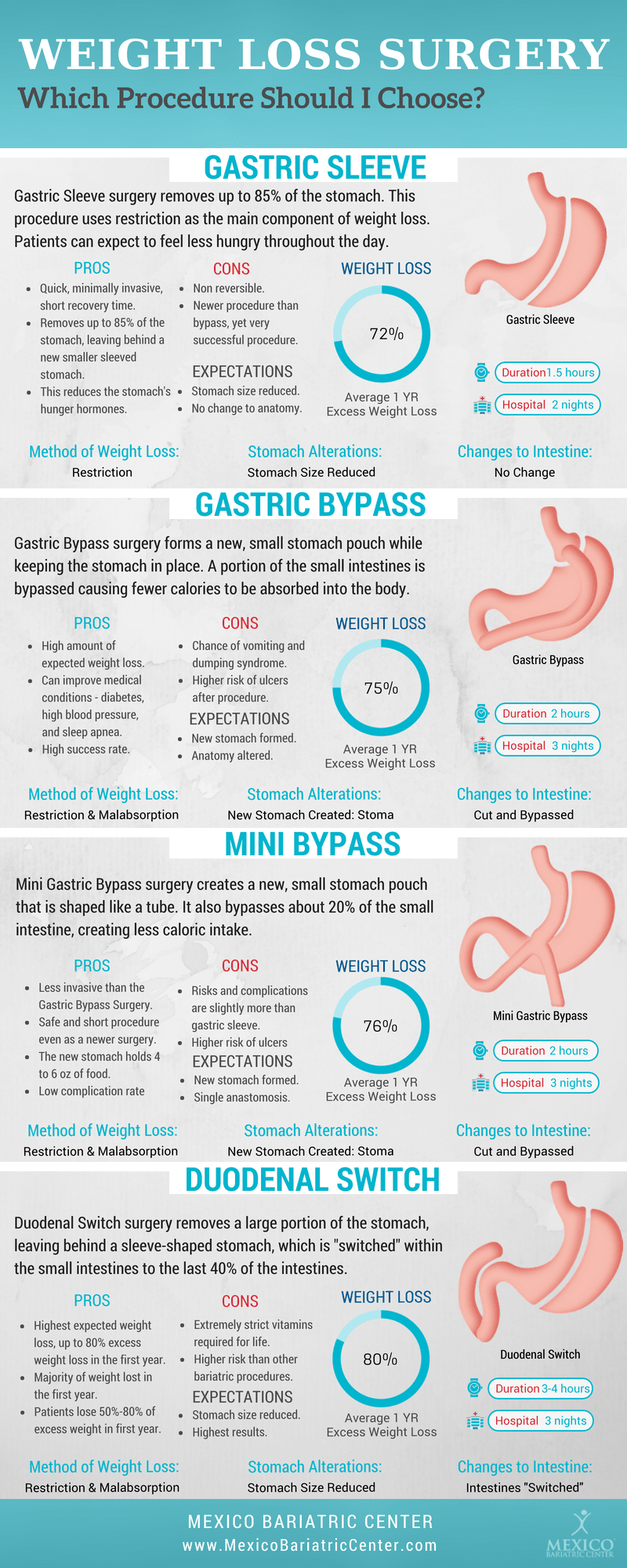Research On Cold Laser Therapy For Smoking Addiction
Research On Cold Laser Therapy For Smoking Addiction
Blog Article
Scientific Research on the Efficacy of Cold Laser Method
Cold laser therapy is a valuable device to aid suffering monitoring and the recovery procedure. It is often used in sports medicine, dermatology and acupuncture.
Cold lasers penetrate deep into cells and advertise chemical adjustments without heating them. They reduce inflammation and swelling, speed cellular activity and accelerate healing.
Theoretical Background
Unlike the high-intensity lasers that surgeons use to cut through tissue, chilly laser treatment utilizes light-emitting diodes to pass through into your skin and promote healing. As these photons reach damaged tissues, they start a chain reaction that boosts your cells' manufacturing of enzymes and increases your body's all-natural recovery procedures.
The photons likewise minimize discomfort via the manufacturing of endorphins and increase your body's ability to drain swollen areas by inducing vasodilation (the growth of blood vessels). Because of this, it aids you recoup from bone and joint injuries and discomfort quicker.
Many individuals have actually read about cool laser therapy from their physical therapist, chiropractor or physician and may be wondering how it works. Unlike the majority of laser tools utilized in the clinical field, which actually heat up tissue, our state-of-the-art equipment gives off cold laser light beams that do not trigger any type of heating of your tissues. This permits your body to obtain the healing advantages without activating any type of adverse effects.
Scientific Tests
Cold laser treatment is commonly suggested as a therapy option for patients that have bone and joint pain and injuries. It can be made use of to minimize inflammation, reinforce cells and speed up the body's all-natural healing processes.
Non-thermal photons of red and infrared laser radiation are absorbed by the light sensitive components in cells and start an increase in intracellular metabolism that raises cell reproduction, lowers swelling, gets rid of edema and shortens recovery time.
Unlike the light that is created by sunlight or basic lights, laser light is parallel (all wavelengths traveling parallel), coherent and monochromatic. These properties permit laser energy to pass through much deeper into the cells.
A number of clinical tests have revealed that LLLT can be efficient in reducing discomfort in the musculoskeletal system. However, even more well-designed researches are required to assess the optimum settings for laser irradiation and to establish its efficiency in details conditions, such as dental mucositis in cancer people receiving radiation treatment or radiotherapy, and wound recovery (including diabetic abscess following hammertoe surgical procedure). This Aetna policy publication does not resolve other uses LLLT, consisting of the treatment of numerous skin diseases.
Final thoughts
Unlike surgical lasers that can ruin lumps or coagulate tissue, chilly laser treatment does not heat the body's cells. Rather, the light boosts your cells to produce adenosine triphosphate, which accelerates the repair process of hurt tissues.
Aetna thinks about low-level laser (LLL) treatment medically necessary for the avoidance of oral mucositis related to cancer cells therapy (chemotherapy, radiation treatment, hematopoietic stem cell transplant) and non-cancer treatments (such as radiodermal injury, fibromyalgia). Several researches showed that LLT can be effective in lowering PU symptoms without damaging impacts. However, differences in study styles and laser dosimetry made contrast of the outcomes challenging; RCTs with reduced risk of predisposition are needed. Making use of a 660 nm wavelength and greater power thickness seems more efficient than the various other studied laser wavelengths. This could be due to the fact that the other wavelengths might stimulate inflammatory procedures and create even more adverse effects. laser therapy for healing scars The result of the kind of laser utilized is additionally important; the writers suggest that future research study focus on assessing different types of lasers and their doses to determine the optimal combination of laser criteria for PU prevention.
Recommendations
Cold laser treatment is used by dentists to deal with inflamed periodontal tissue, doctors to reduce pain caused by rheumatoid joint inflammation, and physical therapists to speed the recovery of muscular tissue, ligament, and tendon injuries. Many medical insurance strategies cover this treatment.
Unlike warm lasers, which have a thermal result on cells, chilly lasers (also called low-level lasers) boost the cellular energy of the skin. Photons from the laser light pass through into the cell, triggering a collection of chemical changes that promotes regeneration and reduces inflammation.
In order to work, lasers need to be effectively configuration and made use of. This is why it is not a good idea to get an affordable over the counter laser gadget and attempt to treat on your own at home. An experienced practitioner is called for to make sure that the device is utilized properly to reduce the risk of eye injury and optimize its efficiency. The laser gadget have to be adjusted to the appropriate setting, strength, frequency, and placement of the laser on the therapy area.